This article was inspired by the Memecoin Insider Trading & Scandals The Aggregated Ep. 118
https://x.com/i/spaces/1OdJrDLlQNeKX
Inside the Meme Coin Machine: The Dark Side of Trading and the Future of Community Tokens
Cryptocurrency's meme coin market has exploded in recent years, drawing in both opportunists and everyday investors alike. Yet beneath the viral Twitter threads and skyrocketing charts lies a troubling reality: insider manipulation, celebrity-driven scams, and retail investors left holding the bag. In this blog, we explore the mechanics of meme coin trading, spotlight platforms embracing fair launches, and examine emerging calls for ethical reform across crypto and government policy alike. The evolution of cryptocurrency has been rapid, and meme coins represent one of its most volatile frontiers.
TLDR
- Meme Coin Issues: Insider trading and celebrity scams manipulate prices, harming retail investors; only 1-10% profit.
- Fair Launches: Platforms like QuickSwap prioritize community-driven, transparent tokenomics without VC control.
- Celebrity Crashes: Tokens like Iggy Azalea’s plummet after hype, exploiting FOMO and weak contracts.
- Technical Defenses: Anti-sniper contracts and audits deter bots, promote equitable token distribution.
- Reform Needs: Calls for Bitcoin reserve, ethical governance, and regulation to build a fairer crypto ecosystem.
The Anatomy of Insider Trading in Meme Coins
Insider trading is not limited to traditional markets. In the unregulated world of meme coins, it's rampant—and it’s costing retail investors billions. It's crucial for investors to recognize the signs of a scam and how to avoid them.

How Insider Cabals Operate
Organized groups, sometimes with as few as a handful of individuals, can manage hundreds of wallets. These cabals often execute sophisticated strategies, including:
- Buying up a significant portion, sometimes 60-70%, of a new token's supply during or immediately after its launch.
- Waiting for retail investors to experience FOMO (fear of missing out) and drive the price up.
- Systematically selling off their holdings into the building liquidity pool, often leading to a crash.
This strategy manufactures artificial scarcity and hype. A recent report from blockchain analysis firm Chainalysis highlighted how a small group of traders can dominate a new token's market, with a single trader sometimes accounting for a significant percentage of early trading volume.
Success Rates: A Game of Losers
The odds are starkly stacked against the average trader. Research consistently shows that the vast majority of meme coin traders lose money. While exact figures vary, some analyses suggest that a very small percentage, perhaps only 1-3%, consistently turn a profit. This isn't just bad luck—it's often by design. Retail traders frequently lack:

- Timely information available to insiders.
- Access to advanced trading bots and tools.
- A deep understanding of tokenomics and liquidity mechanics.
As we explained in our Beginner’s Guide to Tokenomics, a solid grasp of token allocation can be a crucial first step in spotting potential red flags. Understanding these dynamics is key to crypto market analysis.
Quick Swap and the Rise of Fair Launch Platforms
In response to these predatory practices, some platforms are championing a more ethical approach. As we've covered in our reports, QuickSwap is expanding to Ethereum Layer 1 with game-changing DeFi platforms, and it serves as a compelling example of a project committed to fair tokenomics.
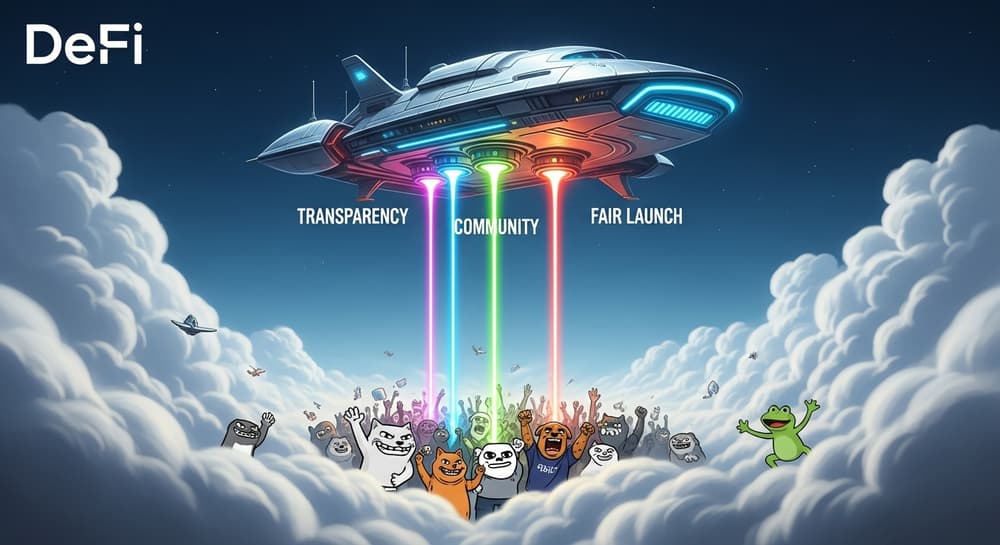
Key Highlights:
- Community-First Distribution: A staggering 96.75% of its tokens were distributed directly to the community.
- No VC Influence: By avoiding venture capital backing, the platform minimized the risk of concentrated ownership and influence.
- Decentralized Vision: The focus remains on decentralized governance and expanding its presence across multiple chains.
Quick Swap's upcoming deployment on the Base Chain, an Ethereum Layer 2 scaling solution, is a direct result of community demand for lower transaction fees and faster speeds.
Protofire Partnership
In a move to bolster its development capabilities, Quick Swap is currently undergoing a governance vote to bring on board a lead developer and a team from Protofire. The goals of this partnership are ambitious:
- Accelerate the iteration of new products.
- Overhaul the user interface for a more intuitive experience.
- Achieve seamless integration across multiple blockchain networks.
This dedication to community-driven improvement stands in stark contrast to the short-term, extractive nature of many meme coin projects.
The Celebrity Token Trap: A Tale of Two Crashes
The involvement of celebrities has frequently led to significant losses for retail investors.
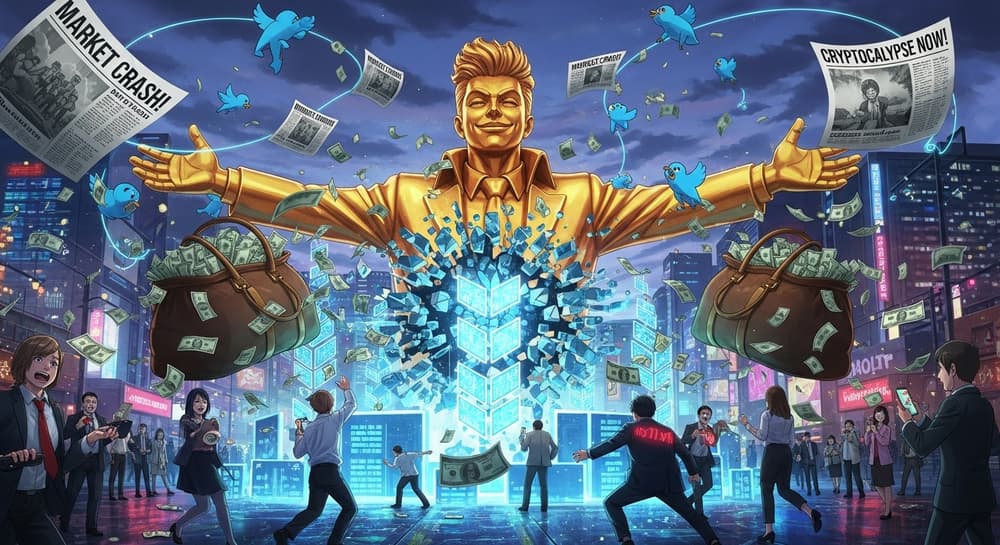
These tokens often launch with immense hype, only to crash spectacularly.
Notable Examples:
- Michael Buffer's Token: The project associated with the famous ring announcer was reportedly rugged within 48 hours of its launch.
- Iggy Azalea's "MOTHER" Token: After an astonishing peak, the token's value plummeted, a cautionary tale covered by outlets like Decrypt.
These schemes prey on:
- The power of celebrity name recognition.
- Aggressive FOMO-based marketing tactics.
- Smart contracts that are either poorly audited or intentionally malicious.
A particularly blatant example was the 50 States Live scam, where the creator's journey across the U.S. was a front for slowly draining the project's liquidity. Once the journey concluded, they dumped their remaining holdings, leaving investors with nothing. These patterns often exploit celebrities who may be wealthy but lack deep crypto and financial literacy, making them easy targets for opportunistic advisors.
Meme Coins: Gambling or Gateway to Decentralization?
A fierce debate continues within the crypto community: are meme coins a frivolous form of digital gambling, or can they serve as an accessible entry point into the world of decentralization?
The Speculation Problem
Many meme coin projects:
- Are built around short-term speculative frenzy.
- Offer little in the way of educational value.
- Can encourage addictive behaviors similar to gambling.
This environment often attracts inexperienced traders who, after being burned, may exit the crypto ecosystem altogether, disillusioned. For those interested in a different side of crypto, the rise of crypto gaming offers an alternative model.
The Community-Driven Counterargument
However, projects like Dogecoin (DOGE) and Brett demonstrate that meme coins can achieve longevity and cultivate strong communities when founded on principles of fairness and trust.
- DOGE: Famously launched with no pre-mined tokens, and its founders stepped away early on to allow for community-led growth.
- Brett: Has fostered strong engagement through legitimate community events and a clear narrative.
Technical Solutions: Fighting Back with Smart Contracts
Developers are not standing idly by; they are creating innovative technical solutions to level the playing field.
Anti-Sniper Mechanisms
These are smart contract features designed to deter bad actors:
- High Initial Sell Taxes: Contracts can deploy with sell taxes as high as 80% for the first few blocks, making it unprofitable for bots to buy and immediately dump tokens.
- Wallet Blacklisting: Wallets identified as bots or those engaging in front-running can be automatically blacklisted by the contract.
These defenses are designed to thwart unfair early trades and reward genuine community members. For an in-depth look, check out our detailed section on wallet security in our guide to the 5 best Bitcoin wallets.
Token Launch Best Practices
When vetting a new token, investors should look for:
- Transparent Liquidity Structures: Clear information on how liquidity is being managed and locked.
- Public Audits: Reputable third-party audits of the smart contract from firms like CertiK.
- Equitable Distribution Models: A tokenomics structure that doesn't heavily favor a small group of insiders.
Government & Policy: The Call for Reform
The future of cryptocurrency will be shaped by evolving regulatory landscapes.
National Bitcoin Reserve?
Figures like Senator Cynthia Lummis have advocated for the U.S. to create a national Bitcoin reserve. Proponents argue this could:
- Provide a more stable economic footing.
- Reduce reliance on the U.S. dollar.
- Serve as a counterweight to private crypto funds like Trump's $3B "World Liberty Financial," a platform we've examined in our article on the World Liberty Financial crypto platform.
Ethical Governance Proposals
Discussions around ethical reforms for public officials are also gaining traction. Ideas being floated include:
- Mandatory asset divestiture for government officials to prevent conflicts of interest.
- A ban on lobbying for former elected representatives.
- The implementation of single-term limits to reduce the potential for corruption.
There is also a growing call for greater transparency in federal spending, with analyses from organizations like the Congressional Budget Office showing how the national budget is allocated. This intersects with broader conversations about a new era of political funding in the crypto age.
The Ticker Bitcoin Phenomenon: When Fair Launch Works
The curiously named Harry Potter Obama Sonic 10inu, which trades under the ticker BITCOIN, soared to a market capitalization of over $1.7 billion. Its success can be attributed to:
- No Team Allocation: The team held no tokens at launch.
- Anti-Sniper Contracts: The project implemented robust defenses against bots.
- A Hyper-Engaged Community: As seen on platforms like DEXTools, the community has been a driving force.
This demonstrates that with the right foundation—a compelling narrative, transparent tokenomics, and active leadership—meme coins can achieve responsible scale.
Building Real Communities
For any community token to have a lasting impact, it needs:
- A mission that extends beyond just profit.
- A critical mass of active members, often 5,000 or more.
- Open and honest channels of communication.
- A fair and equitable distribution model from the start.
These pillars create a resilient and self-sustaining ecosystem that is attractive to both new and experienced participants. We've explored similar themes in our interviews with projects like Vana.org at Permissionless III.
Final Thoughts: Where We Go From Here
Meme coins are a volatile and often risky asset class, but they are not inherently nefarious. The ecosystem is at a crossroads, and its maturation will depend on a combination of technical innovation, community-led standards, and sensible legislative action.
Here’s how you can be a part of the solution:
- Share this article with your crypto-savvy friends and those new to the space.
- Comment below with your thoughts on insider trading and the promise of fair launches.
- Subscribe to stay informed on the latest in DeFi and ethical crypto projects.
Let’s work together to build a smarter, safer, and more equitable Web3.


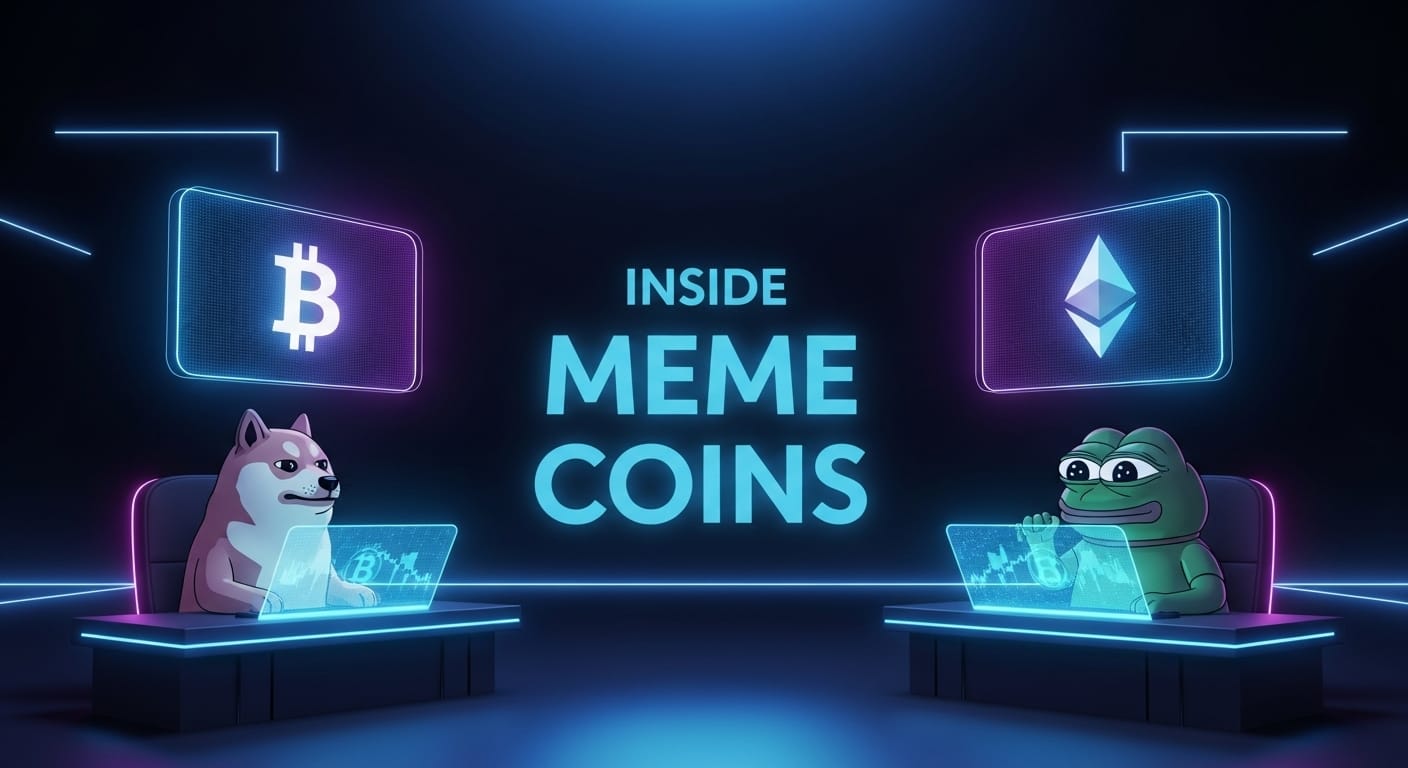
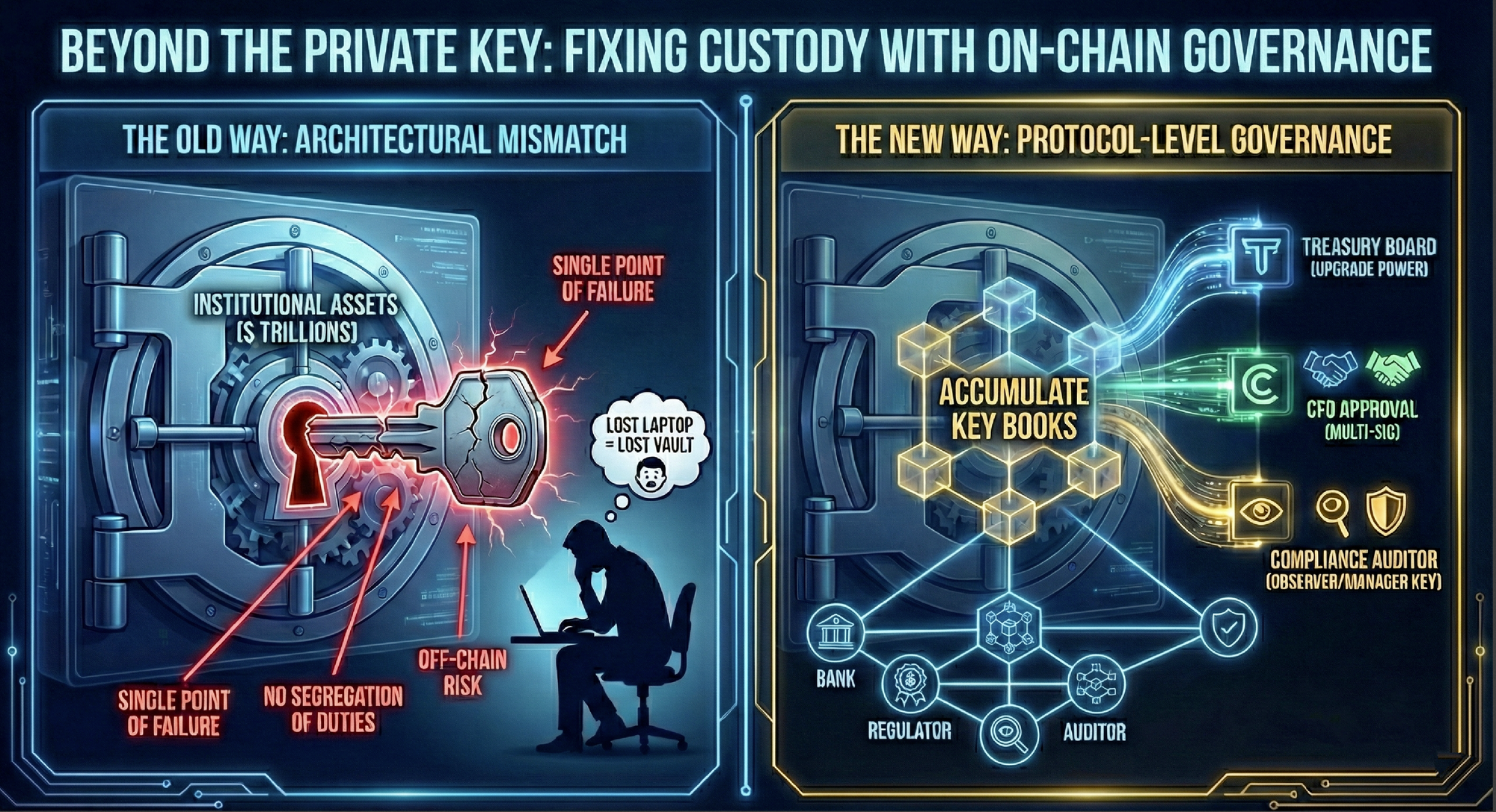
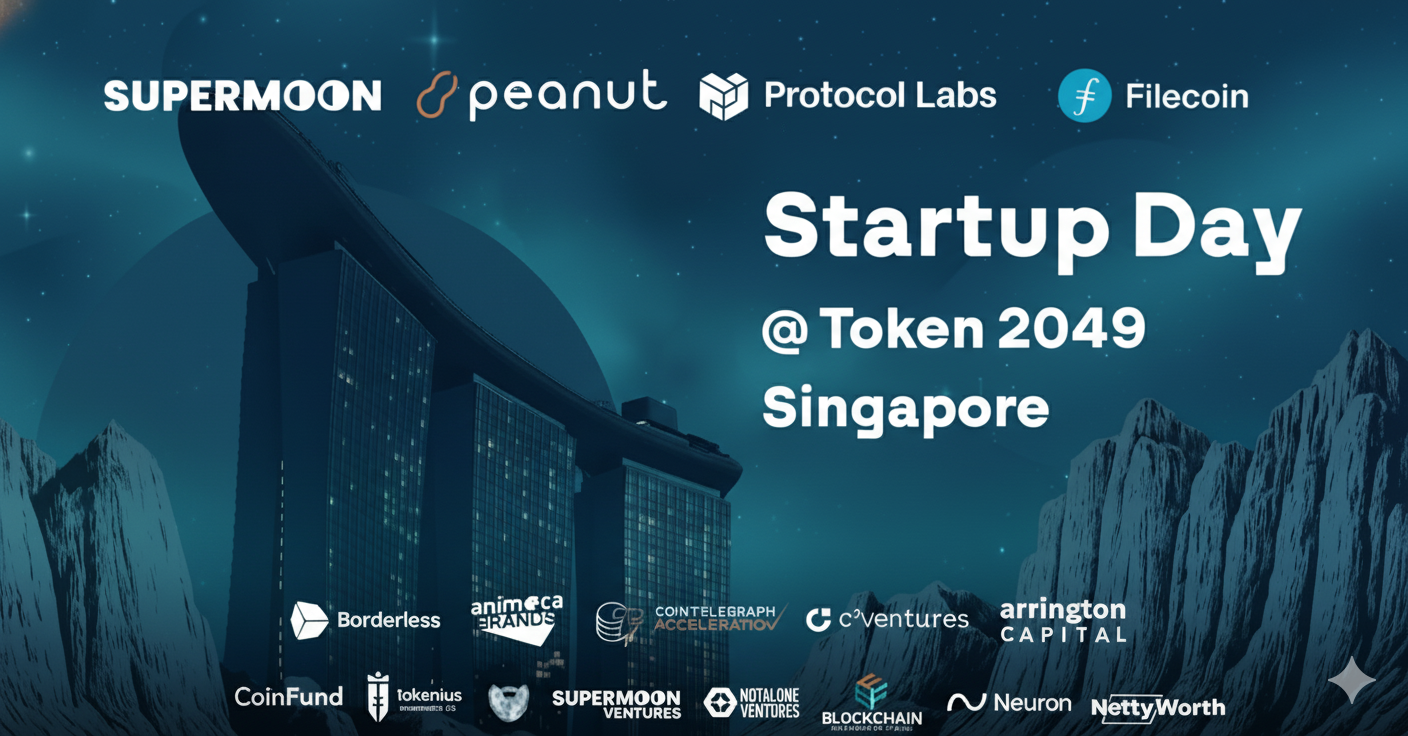
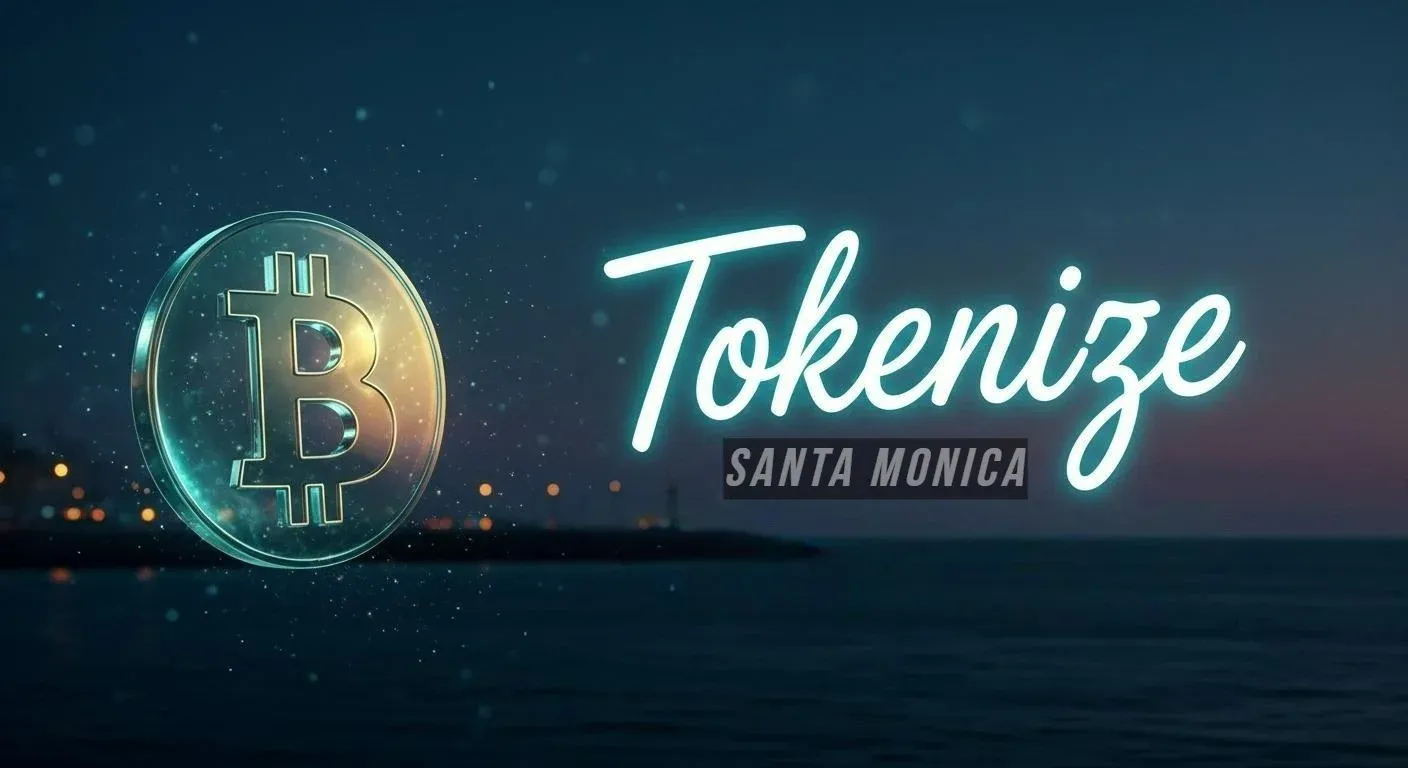


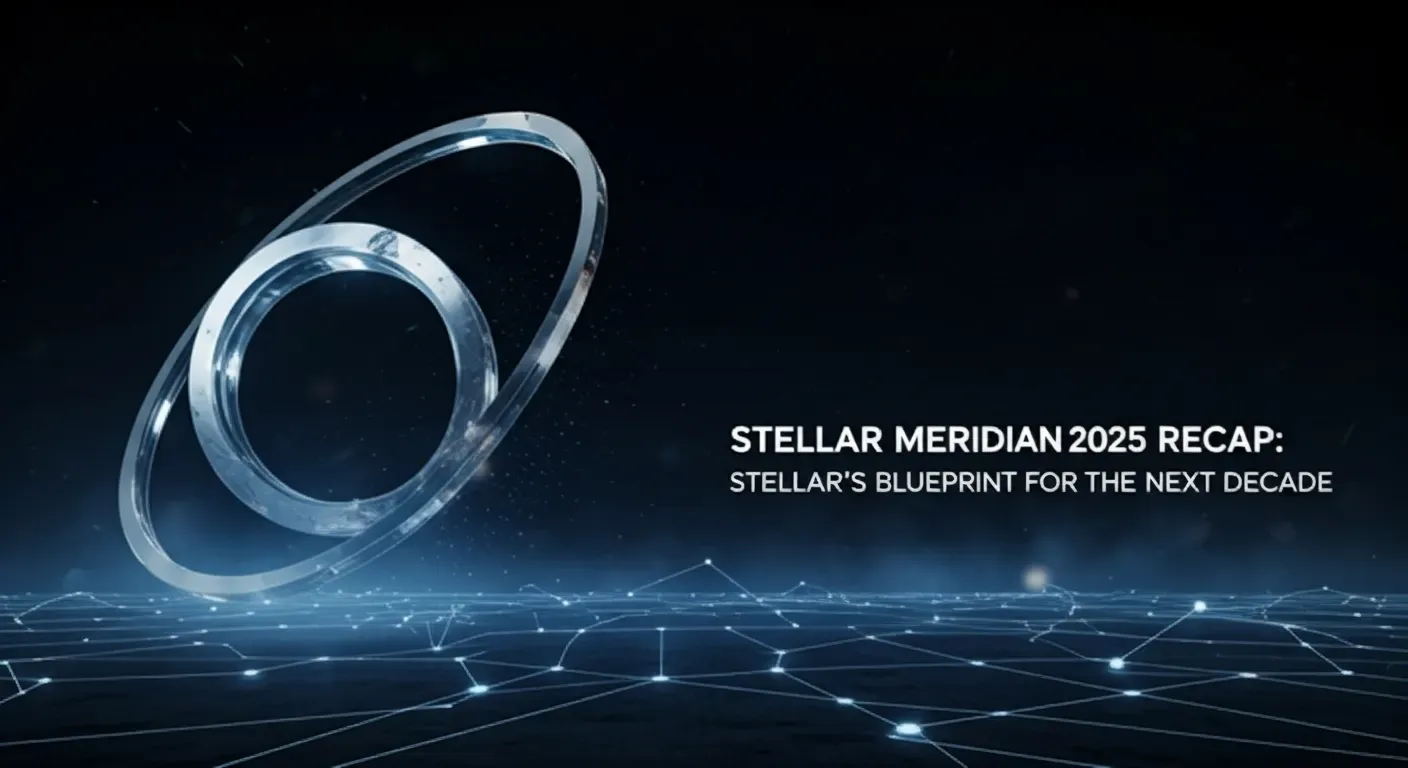




Discussion